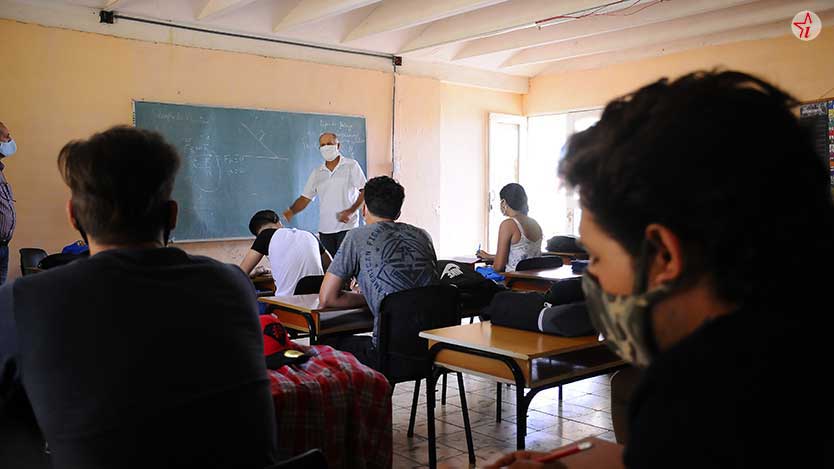
When this journalist approached Lázaro Padrón Pereira, General Director of Upper Secondary Education in the province, to ask him about the results obtained by Ciego de Ávila in the Higher Education entrance exams, she had to wait a few days, since he was engaged in deep analysis.
Now we can say that, with a general result of 65.3 percent of passes, the province was below the objective of reaching 70, due to the setback experienced in the subject of history (12.73 percent less than approved than in 2021).
Subjects can be seen as follows: of 976 who took the Mathematics exam, 712 passed; of the 973 who attended Spanish, 931; and of the 969 presented to History, 729.
When analyzing the incident factors in the general result, Lázaro points out the ineffective monitoring of the preparation for the tests, "limitations in the methodological preparation of teachers, lack of attendance at reviews and difficulties in teaching coverage", which do not behave the same in all the municipalities.
Thus, in Mathematics, for example, Chambas presents a setback of 6.4 percent and Bolivia 11.1; Baraguá minus 0.6 in Spanish, and all the municipalities worsen in terms of results in History, although they are more acutely evident in Bolivia, Ciro Redondo, Majagua and Ciego de Ávila.
The percentage of students who took the exams has also decreased in recent years; check here the data from 2018, when Invasor characterized the performance of the province as "bitter".Above the provincial average of approved are Morón, Ciro Redondo, Florencia, Venezuela, Baraguá, and the IPVCE Cándido González Morales (96 percent).
You have to give nuances to the numbers. It may well be thought that 65 percent is little to aspire to, however, when two years ago he passed 63.26 percent, Invasor referred that there was more, "because the preparation during this school year extended more than expected because teaching aids and full-time teachers were not lacking, nor were exploratory evaluations to measure how prepared the students were…” In 2022 that cannot be said, after more than one course already disrupted by COVID-19. This time, perhaps, there was not much more.
The testing phase is already over. Now there are the successive granting of careers, the boys will go to military service and the girls to enroll, because in almost 20 days a new cycle begins: the University already awaits them.
